The mission of the Department of Natural Resources and Environmental Control (DNREC) is to engage all stakeholders to ensure the wise management, conservation and enhancement of the State’s natural resources; protect public health and the environment; provide quality outdoor recreation; improve the quality of life; lead energy policy and climate preparedness; and educate the public on historic, cultural and natural resource use, requirements and issues.

The Office of the Secretary provides leadership, overall policy guidance, and central services to support the various parts of the department. The office handles human resources, budget and finance, administrative services, regulatory development, small business support, community engagement, marketing, media relations, environmental justice, fiscal, and information technology services. (Organizational Chart)

The Division of Air Quality issues permits to construct and permits to operate air contaminant sources. It maintains emission inventories from business and industry. It develops the State’s implementation plan as required by the Clean Air Act. It adopts new regulations and supports enforcement of existing regulations. And it permits and inspects asbestos removal efforts.
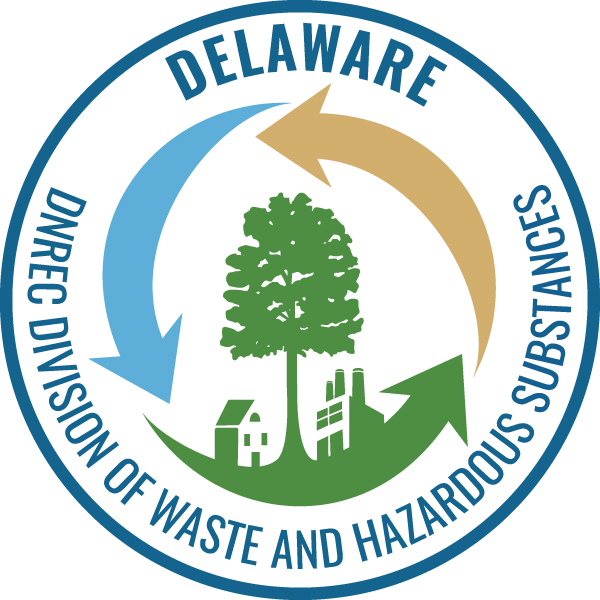
The Division of Waste and Hazardous Substances ensures Delaware’s wastes are managed to protect human life, health, safety and the environment. It encourages waste reduction, reuse and recycling. The division leads the investigation and clean-up of hazardous substance release sites. It regulates installation, operation, removal and remediation of tanks storing petroleum and hazardous substances. It ensures boilers and pressure vessels are inspected to prevent catastrophic failures. The division provides comprehensive emergency planning and pollution prevention. It provides 24-hour response to time-critical emergency and non-emergency environmental and hazardous materials incidents. (Organizational Chart)
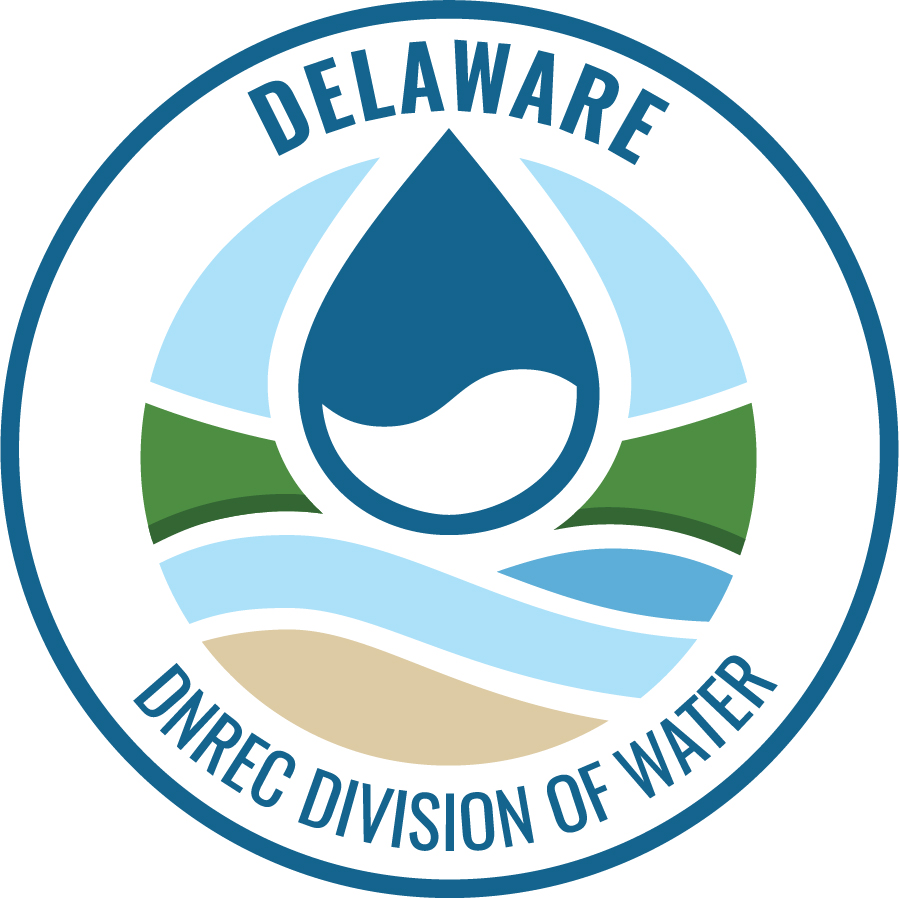
The Division of Water manages and protects Delaware’s water resources. It provides technical assistance, laboratory services, and regulatory guidance and implementation. The division performs applied research and provides educational services. And it helps finance water pollution control measures. (Organizational Chart)
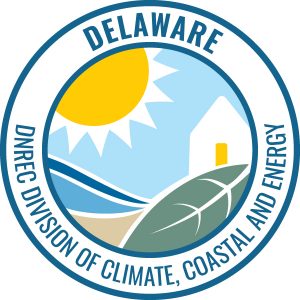
The Division of Climate, Coastal and Energy leads statewide climate change mitigation and adaptation programs. It provides grants for energy efficiency and clean fuel technology. It supports energy policy development. It provides coordination and assistance to support sustainable land use and building practices. And it helps manage Delaware’s federal coastal zone by balancing use with protection of its resources. (Organizational Chart)
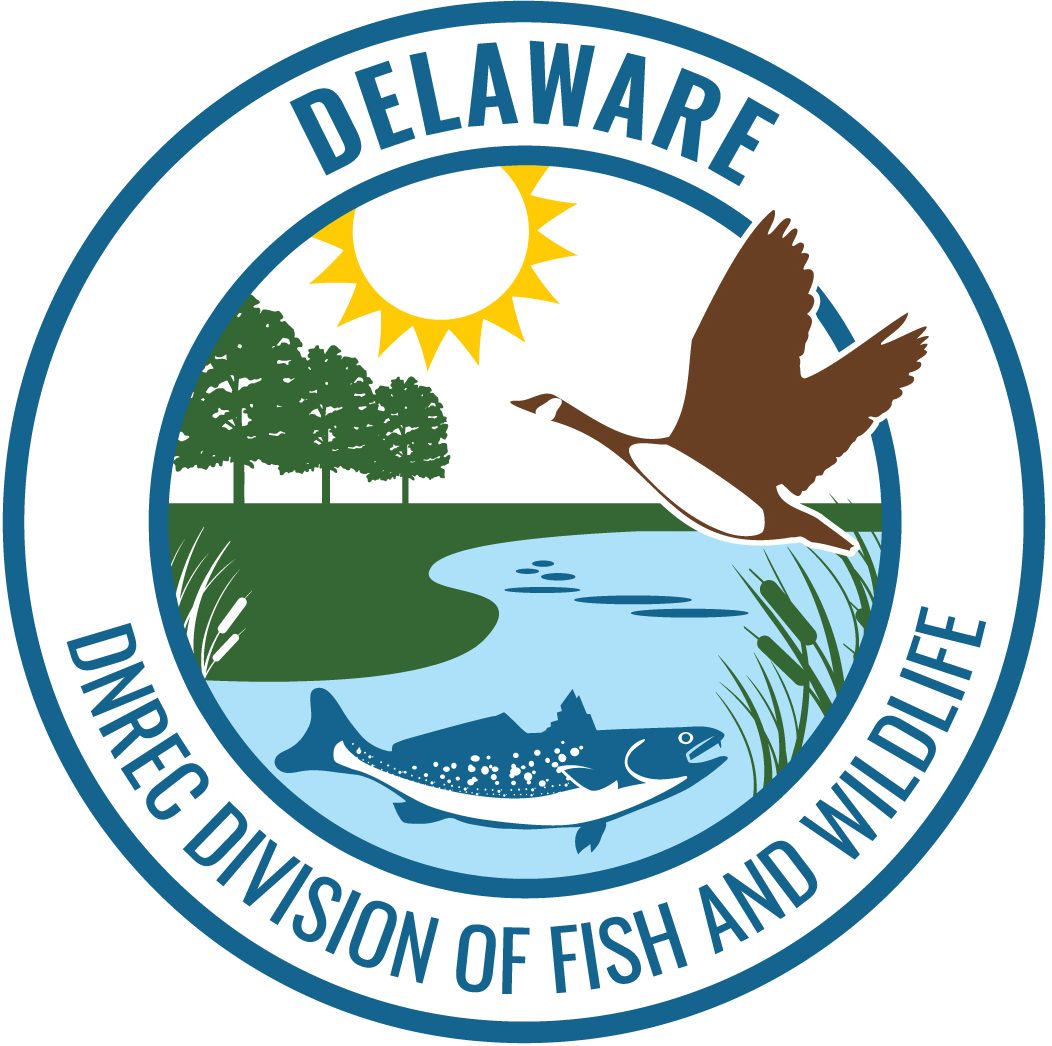
The Division of Fish and Wildlife conserves and manages Delaware’s fish and wildlife and their habitats, and provides fishing, hunting, wildlife viewing and boating access on approximately 68,000 acres of public land. Fish and wildlife resource conservation and safe boating are achieved through promoting public compliance with laws and regulations. We control mosquito populations to improve quality of life and protect public health. The division delivers hunter, boating and aquatic education programs, and provides licensing and boat registration services.
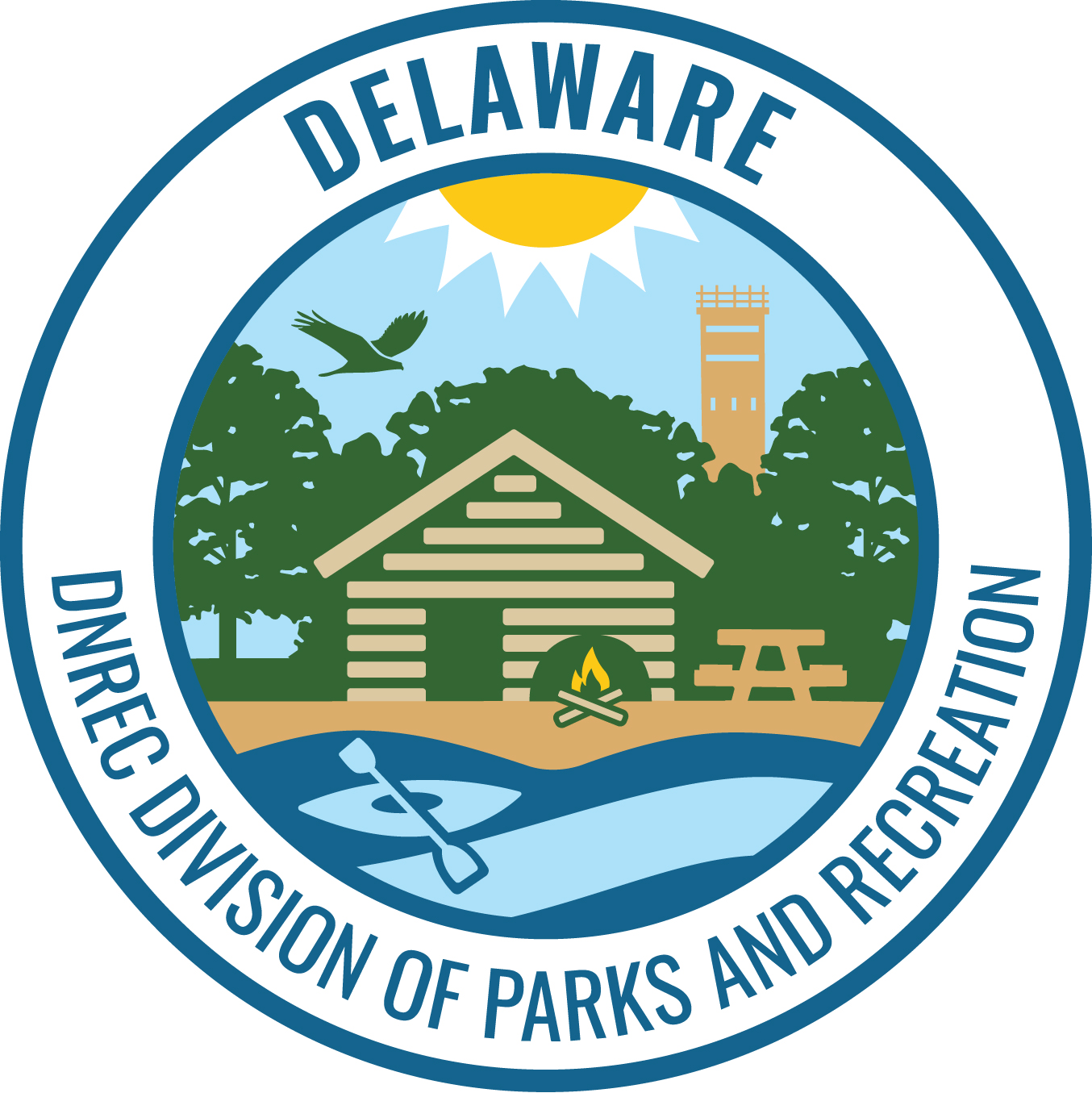
The Division of Parks and Recreation oversees more than 20,000 acres in 17 state parks, including the Brandywine Zoo. The division manages 34 nature preserves and 12 other sites outside of the parks. It also monitors over 100 conservation easements protecting more than 4,000 acres. The division protects cultural and historic resources and provides a wide variety of recreational facilities for Delawareans and visitors. (Organizational Chart)
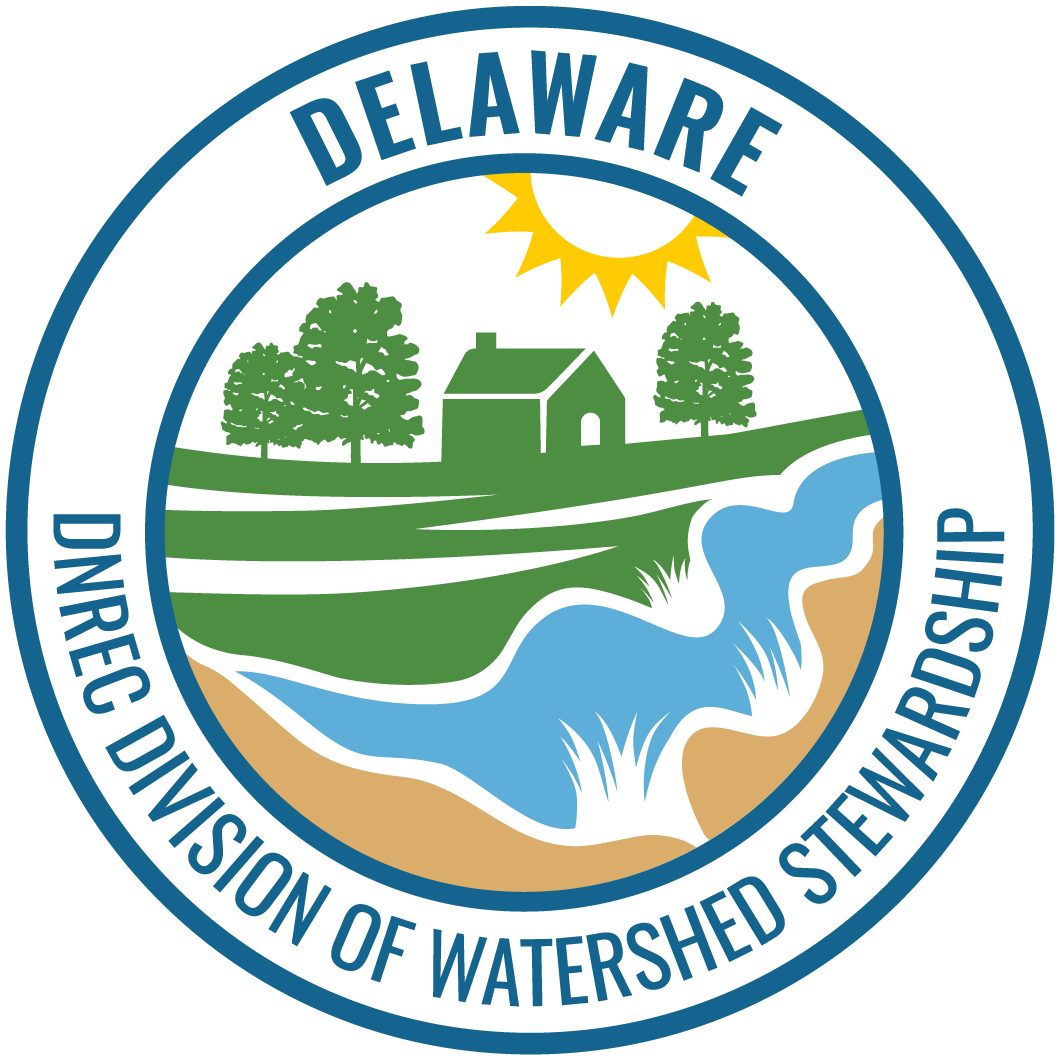
The Division of Watershed Stewardship manages and protects the state’s soil, water and coastlines. It uses a comprehensive array of watershed-based programs to ensure proper stewardship of Delaware’s natural resources. The division protects and maintains the state’s shoreline and navigable waterways. It regulates changes to coastal and urban lands. It develops and implements innovative watershed assessment, monitoring and implementation activities. It promotes wise land use, water quality and water management practices. And it works closely with Delaware’s Conservation Districts to manage stormwater and assist farmers. (Organizational Chart)
Related Topics: divisions, information, organization, structure